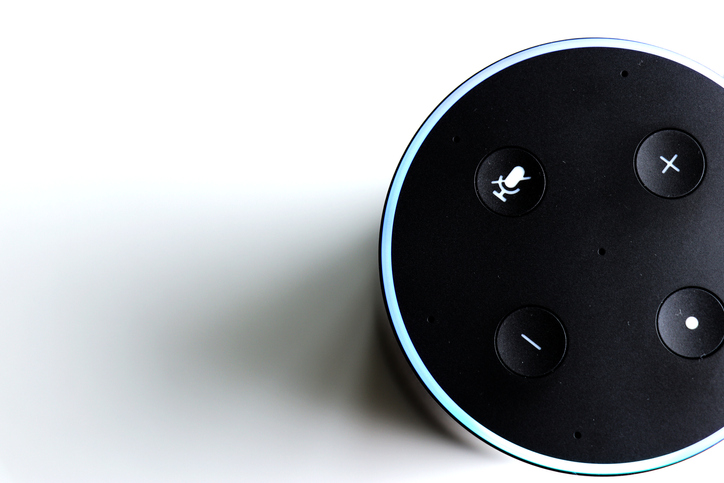
Conversational AI helps alleviate impact of nurse shortages – MedCity News

Healthcare leaders don’t need reminding that they face serious nurse shortages. It’s a challenge they have faced for years – and it’s become a critical concern as record numbers leave their practices due to burnout and exhaustion.
The November 2021 Hospital IQ Survey found that a full 90% of nurse respondents were considering resigning to seek new careers. Another disturbing result: 71% of nurses with 15 or more years of experience – an invaluable resource to health systems – said they were on the verge of leaving.
The stakes to relieve the stress on nurses have never been higher. If leaders can’t find innovative solutions, patient care and outcomes will suffer, which in turn impacts satisfaction, loyalty, and revenue. Operational efficiency will falter, escalating costs, and increasing errors introduced by broken workflows will perpetuate.
Automation diverts nonclinical tasks from overextended nurses
As in other areas of health care, innovative leaders are exploring technologies that can help them compensate for existing and growing nurse shortages. While digital tools can never fully replace the personal touch of a trained and caring nurse, they divert nonclinical tasks to appropriate resources. This allows nurses to focus on the activities that drew them to the profession in the first place – delivering superior clinical care, connecting with patients and their families, and directly impacting outcomes and wellbeing.
One example of a “digital first” strategy having an impact is increasing use of voice assistants such as an Amazon Echo during hospital stays. Patients – as consumers themselves – are familiar with the concept of using smart speakers to get information and place requests. Smart devices, supported by sophisticated, healthcare-specific conversational artificial intelligence (AI), can serve as a real-time support system for patients.
Patients can use the digital bedside assistant to register a wide range of queries, from asking for their meal tray to be removed, to complaining about escalating pain. The AI technology can route the request to the best resources, diverting nonclinical needs (e.g., removal of a food tray) to the appropriate department (e.g., logistics support) while prioritizing the clinical concern (pain) for the nursing staff. Rather than responding in person every time a patient presses the call button, nurses instead can focus only on tasks related to clinical patient care.
One organization piloted a smart speaker system in its spinal injuries unit. Over the course of four weeks, patients interacted with the automated assistant more than 5,000 times. Sixty-three percent of nurses on the unit found the pilot improved their ability to deliver and prioritize patient care – and 73% recommended that other units and systems adopt the technology. Likewise, 92% of patients supported the use of smart speakers across the organization.
An interesting side note: In addition to healthcare-specific issues, patients also used the smart speaker for entertainment purposes, such as listening to music or checking the weather. The health system had not anticipated this, but leadership realized the use of a bedside assistant delivered additional value and made the inpatient stay a more “home-like” experience.
Virtual assistants triage patients needing nurse attention
Digital tools and automated workflows have become a critical component of patient communications and outreach, helping nurses focus efforts where their skills and expertise can deliver the greatest value. Many post-discharge programs, for instance, assign nurses the task of contacting patients within a day or two of leaving the hospital. Intelligent virtual assistants can streamline that process – evaluating the status of patients and routing only those who need intervention to a live-nurse interaction.
One mid-Atlantic health system deployed an automated post-discharge outreach program, cascading communications across email, SMS and voice to reach patients and check on their well-being. A virtual assistant posed four questions, asking patients if they 1) were feeling well, 2) had filled their prescriptions, 3) scheduled their follow-up appointment, and 4) understood their care plan. Those who answered “no” to any of the questions were escalated to a post-discharge nurse, vastly reducing the number of phone calls those nurses had to make.
During the pilot, 86% of patients interacted with the virtual assistant and responded to the questions posed. Two-thirds of these patients were following their care plan and reported no issues – meaning the nurse only needed to call those who required personal interaction, saving countless hours and focusing care on those with an immediate need.
Digital-first models for direct care gained traction during the height of the Covid-19 pandemic. Now it is being embraced as a viable solution to help health systems deal with nurse shortages and demands within other departments such as call centers. Similar to industries such as finance, hospitality and retail, who have adopted automation and technology to handle routine tasks, healthcare can employ digital solutions to improve operational efficiency without sacrificing quality of care – and in turn relieve the burden on overextended staff, decrease costs, and capture revenue that might have been missed due to broken workflows.
Photo: gabort71, Getty Images